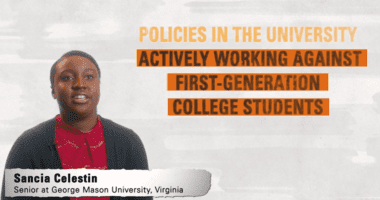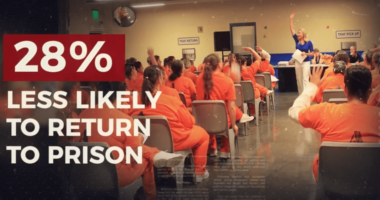Georgia State Shows the Way in Student Success
Below is the second in a four-part series exploring how high-performing colleges and universities use data to improve student retention and graduation rates. Detailed lessons from eight institutions are shared in our higher education practice guide. This series highlights how some of those colleges have made progress and how others can follow their example to increase student success.
Enough hemming and hawing from the higher education community about President Obama’s college ratings plan. The data and research make clear there are colleges and universities that excel in helping students to graduation, and there are colleges and universities that hinder, if not harm, students with similar characteristics on their way toward a degree.
High-performing colleges use data very intentionally to identify obstacles and barriers in order to improve graduation rates, and other colleges can do it too. The analyses aren’t complex. Some are as simple as looking at course enrollment numbers in a spreadsheet. Campuses don’t need sophisticated institutional research offices, and administrators don’t need Ph.D.s in statistics. (Indeed, some of the most effective provosts have been anthropology and English professors.)
But campus leaders do need to care about student results, to see that student success is a shared institutional and student responsibility, and to be curious about what their students are experiencing. Data alone won’t give you the answers. Data are a tool to help answer questions, and university leaders must first ask the right ones. Take, for example, Georgia State University, which enrolls more than 23,000 undergraduates — 58 percent are from low-income families (i.e., they receive Pell Grants), and about 46 percent are students of color.
Despite first-to-second year retention rates above 80 percent, Georgia State’s six-year graduation rate was 29 percent in 2000. As part of the data inquiry and analysis, university leaders asked to see how many students returned for their second year with the 24-30 credits needed to have sophomore standing.
What they found was just 22 percent of freshmen students returned for their second year with enough credits. In other words, problems accumulating credits at a sufficient pace were slowing students’ progress to degree — or preventing them from graduating entirely.
Armed with the results of that very basic analysis, Georgia State leaders began to explore potential obstacles for students, and they found several contributing factors, including advising that encouraged students to take low course loads and “gateway” courses (some call them “weed out” courses as if it’s a badge of honor) that had high drop, failure, and withdrawal rates.
Georgia State implemented a number of programs to reverse these trends, including establishing freshman learning communities designed to help students earn 16 credits in the first term. College algebra, one of the “gateway” courses, was redesigned to incorporate blended learning in computer labs. Drop, failure, and withdrawal rates for the redesigned college algebra course were cut in half, falling from 43 percent to 21 percent.
These and other strategies helped to increase credit accumulation and triple the number of students with sophomore standing over time. Georgia State’s six-year graduation rate improved from 29 percent in 2000 to 51 percent in 2012.
Georgia State is just one of a number of colleges that shows how simple data analyses can be effectively used to reorient campus efforts and align existing resources in support of higher rates of student success. But to effectively do so, these types of efforts must be embraced across campus and ingrained in the culture.
Next week, we look at San Diego State University and Virginia Commonwealth University, where presidents and provosts relied on their faculty to successfully implement change.













